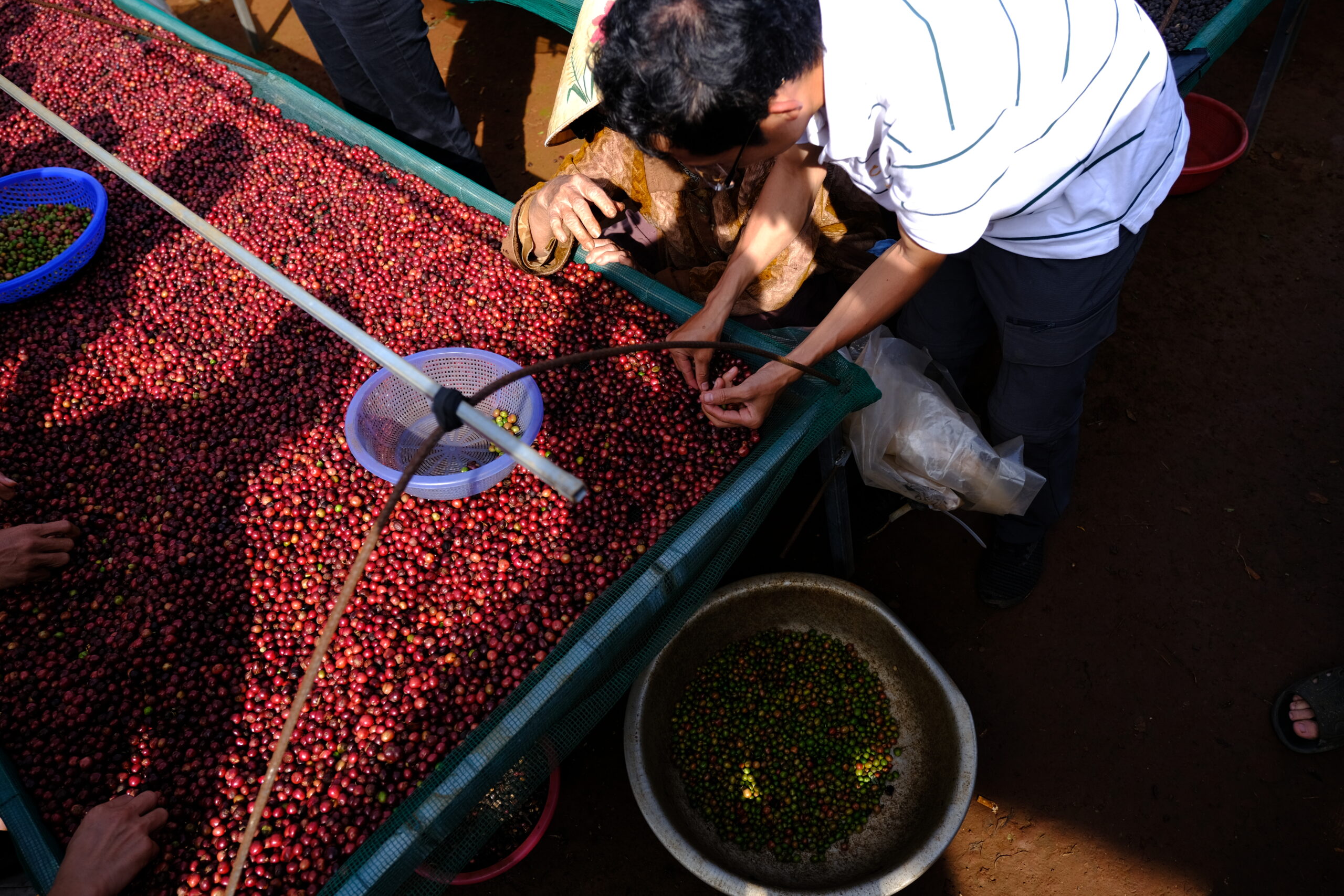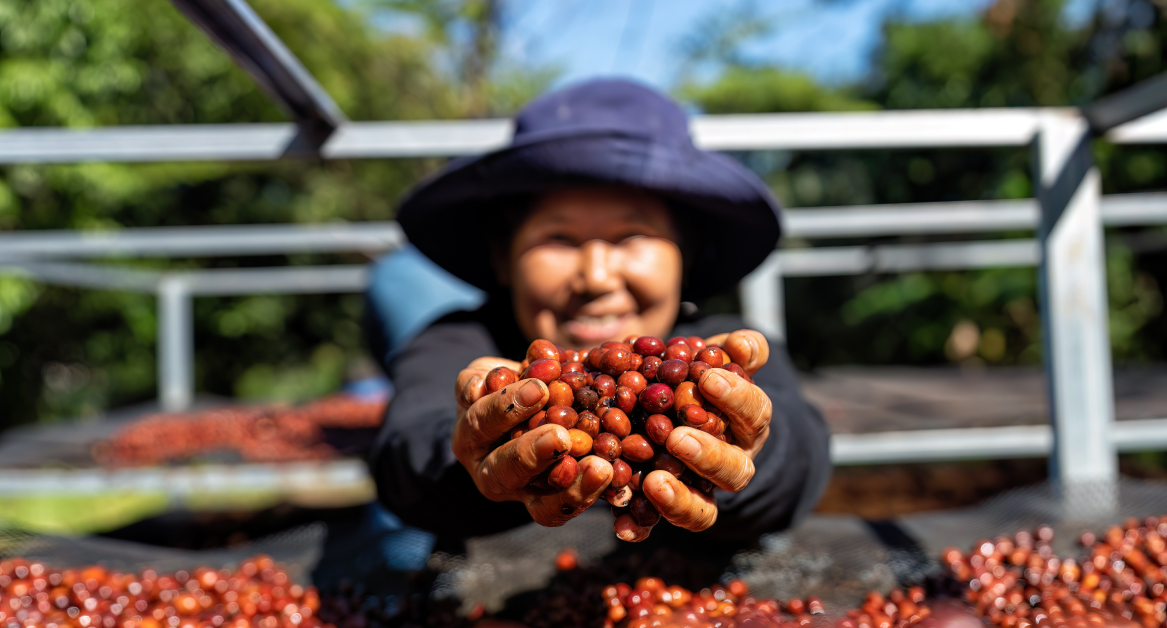When talking about sustainable agriculture, we are not just discussing a single farming system. Instead, It’s about a myriad of farming practices that ensure the long-term health of our soil structure and natural resources and promote productive systems – which can be called regenerative agriculture.
So, what does it mean for agriculture to be truly sustainable? It means employing farming practices that maintain soil health, utilize crop rotations to rejuvenate the land and reduce the reliance on chemical inputs.
With this in mind, we will take a look across the globe, showcasing remarkable sustainable urban agriculture with examples from Europe to South America. Our first stop? Europe.
Sustainable agriculture examples in Europe
Europe, with its rich tapestry of history, cultures, and climates, has become a crucible for innovative sustainable farms. The region has been at the forefront of recognizing and addressing the challenges of conventional farming. European farmers, policymakers, and researchers have come together in their commitment to shift towards more sustainable agriculture practices.

Sustainable agriculture examples in Denmark
Denmark stands out as an exemplary model. The small Nordic country has championed crop rotations and cover crops to ensure that its soil remains fertile and resilient. Danish farmers frequently integrate livestock and crop production, resulting in synergistic benefits for natural ecosystems. Crop residues are often returned to the land, serving as organic matter that nourishes the soil.
In addition to these practices, Denmark has heavily invested in its agriculture research and education, to propel sustainable farming systems. The fruits of this investment are evident in the thriving agricultural sector that not only meets the food needs of the nation but also exports quality produce to the rest of the world.
Sustainable agriculture examples in Spain
Moving south, Spain offers another compelling example. Known for its olive groves and vineyards, Spanish farmers have long recognized the importance of maintaining soil health. They’ve adopted agroforestry, where trees are interspersed with crops, leveraging the benefits of both. This technique reduces soil erosion, enhances biodiversity to improve soil fertility, and optimizes water use.
Moreover, Spain has seen a rise in smaller, family-owned farms dedicated to sustainable agriculture practices. These farms emphasize local and organic produce, fostering a connection between the farmer, the land, and the community. Through their actions, they remind us that every act of using sustainable farming practices enhances the goal of sustainable agriculture.
Sustainable agriculture examples in North America
North America, spanning vast landscapes from the Arctic tundras of Canada to the fertile plains of the United States, is no stranger to agricultural innovation. This continent, home to some of the largest crop production regions in the world, has a pivotal role in both food production and steering the future of sustainable farming.
Sustainable agriculture examples in California, USA
California, aptly named the ‘Golden State’, has a treasure more valuable than gold: its agricultural land. Amidst challenges like droughts and a growing population, Californian farmers have turned to sustainable agriculture practices as a beacon. Cover crops have become a familiar sight, serving multiple purposes – from preventing soil erosion to fixing nitrogen naturally. With a commitment to reducing synthetic inputs, many farmers have turned to natural resource-based solutions like composting and the utilization of beneficial insects for integrated pest management.
Furthermore, California’s tech-savvy nature has given rise to precision farming, allowing farmers to apply water, fertilizers, and other inputs more efficiently, reducing waste and conserving resources. The fusion of tradition with innovation serves as a testament to what a sustainable farming system can achieve.
Sustainable agriculture examples in Ontario, Canada
Our journey takes us north to Ontario, Canada, where crop rotations are not just a practice but an ethos. Ontario’s vast agricultural belt thrives on a mixture of grains, pulses, and livestock, creating a harmonious cycle that rejuvenates the soil year after year. These crop rotations, combined with the return of crop residues, have ensured long-term fertility, soil moisture and resilience against pests.
But what truly sets Ontario apart is its community-driven approach to sustainability. Farmers’ markets, CSA programs, and farm-to-table initiatives are more than just trends – they’re deeply ingrained in the local culture. These initiatives prioritize local produce, reducing transportation and greenhouse gas emissions, and ensuring fresher, more nutritious food reaches consumers.
Sustainable agriculture examples in Asia
Asia, with its diverse climates, cultures, and traditions, holds a plethora of sustainable farming systems that date back centuries. From terraced rice paddies to complex agroforestry models, Asia’s farmers have long practiced harmony with nature.
Regenerative coffee in DakLak, Vietnam.
The mass production and overcropping of coffee have raised significant effects on the environment: Deforestation, soil erosion, pesticide and fertilizer use, etc. Therefore, RegenX conducts this pilot project to test the RegenX Flywheel on the coffee product in Vietnam.
In particular, we are pre-financing a farmer association in Gia Lai and contracting a local quality-grade buyer for offtake – estimated to be 60 tons (about 20 farmers, 40 ha). These farmers need to adopt regenerative practices and prove it with data. Data is being collected and we expect NPL to be close to 0% thanks to good selection. We expect returns on financing to be in the 8% range.

Sustainable agriculture examples in Bali, Indonesia
Bali, the famed island paradise, offers more than just scenic beauty. The iconic rice terraces of Bali, recognized as a UNESCO World Heritage site, are the epitome of sustainable agriculture. For generations, the Balinese have employed a complex irrigation system known as ‘Subak,’ a community-driven water management system ensuring that every terrace receives its fair share of water.
This system, combined with traditional pest management techniques and community-driven decision-making, stands as a testament to the harmony between man, land, and tradition. Balinese farmers, with their deep respect for nature, showcase that the path to sustainability often lies in looking back at our roots.
Sustainable agriculture examples in Africa
Africa, a vast continent teeming with biodiversity, offers a rich tapestry of sustainable agricultural practices too. From ancient traditions passed down through generations to modern innovations, African farmers hold the key to sustainable agriculture that can feed future generations while maintaining the delicate ecological balance.
Sustainable agriculture examples in Kenya
In the heartlands of Kenya, where the landscape is as varied as its people, farmers have been spearheading sustainable agriculture practices that have garnered global attention. One of the most prevalent practices is agroforestry, where trees are intertwined with crops, creating symbiotic relationships that benefit both. This farming system not only provides shade and reduces soil erosion, but the trees also play a role in nitrogen fixation, enhancing soil fertility.
Furthermore, Kenyan farmers have embraced the use crop rotation of cover crops and crop residues to enrich their soil, ensuring productive systems that yield crops year after year without degrading the land. The success of these sustainable farms has attracted the attention of international organizations, leading to collaborative efforts to scale up and share these methods with other regions.
Sustainable agriculture examples in Burkina Faso
Burkina Faso, a West African nation, offers remarkable examples of farmers turning adversity into opportunity. Facing recurrent droughts, farmers here have revived an ancient technique called ‘Zaï,’ which involves digging pits to capture rainfall and runoff, and filling them with organic matter. This seemingly simple water management technique has transformed barren lands into thriving agricultural plots, enhancing the quality of life for many families.
The resilience of the Burkinabe farmers is not just in their ability to adapt, but in their forward-thinking approach. By promoting community knowledge-sharing, they ensure that sustainable practices benefit not only sustainable agriculture practitioners not just individual farms but entire communities, paving the way for a sustainable future.
Sustainable agriculture examples in South America
South America, with its lush rainforests and mighty rivers, has always been inextricably linked with agriculture. From the ancient civilizations that cultivated maize and potatoes to the modern farmers that export grains globally, the continent’s farming legacy is rich and diverse.
Sustainable agriculture examples in Brazil
Brazil, known for its Amazon rainforest, is also a powerhouse in global agriculture. Amid concerns over deforestation and environmental degradation, many Brazilian farmers have championed sustainable agriculture practices to strike a balance. Agroecology, a practice that emphasizes the environmental quality and ecological aspects of farming, is gaining traction in many regions.
By integrating crop production with natural habitats, farmers in Brazil are fostering biodiversity, reduce soil erosion improving water conservation, and ensuring long-term sustainability. Techniques such as intercropping and no-till farming are not just enhancing yields but are also sequestering significant amounts of carbon, making a positive impact on the environment.
Sustainable agriculture examples in Peru
Peru, home to the ancient Incan civilization, continues to amaze the world with its agricultural innovations. The Andean terraces, built centuries ago, are a testament to the ingenuity of its people. These terraces, still in use today, promote soil conservation, animal production practices and efficient water use, setting an example for hillside farming worldwide.
Peruvian farmers, in their bid to promote sustainable agriculture, have championed the cultivation of indigenous crops like quinoa, which are not only nutritious but also resilient to climatic variations. By diversifying their crop portfolio and integrating traditional farming practices with modern insights, they’re setting a sustainable path for future generations.
RegenX farms – seeding for a sustainable tomorrow
From the terraced fields of Bali to the agroforests of Kenya, every corner of our planet offers insights into how we can farm sustainably.
In Vietnam, by connecting food buyers with Regen Ag farmers. When you source ingredients from RegenX, you’re not just getting quality; you’re investing in the health of our planet by encouraging regenerative farming.
Together, we can usher in an era where farming is synonymous with caring – for our soil, our environment, and our collective future. Contact us!



